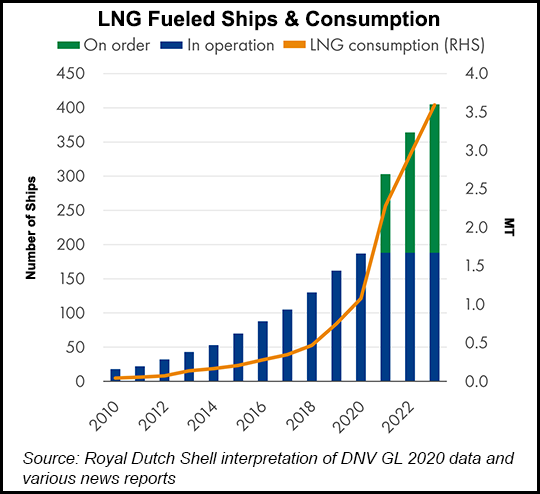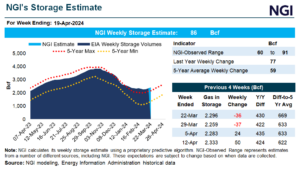LNG | Energy Transition | LNG Insight | NGI All News Access | NGI The Weekly Gas Market Report
Shell Orders 10 LNG-Fueled VLCCs in Decarbonization Effort
© 2024 Natural Gas Intelligence. All rights reserved.
ISSN © 1532-1231 | ISSN © 2577-9877 | ISSN © 1532-1266 |



